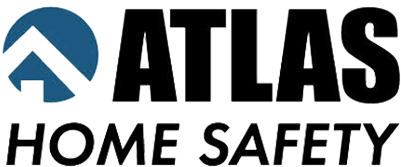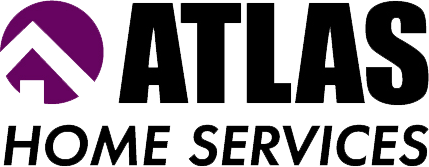What Home Modifications Are Needed to Keep You Safe?
While it is possible and tempting for the non-professional to assess the modifications required to make a home both accessible and safe for the elderly, the use of a professional occupational therapist can be worth the additional effort and is sometimes paid for by Medicare.
There are two major considerations. First, it is important to recognize that aging is a progression. Modifications to accommodate needs today might not be sufficient for needs two years in the future. Being able to project how one’s needs will change is of critical importance if one hopes to make lifelong modifications in a single project.
Second, knowledge of assistive technologies is critical. There are many devices on the market today and, importantly, a flood of new options become available each year. To make the most cost-effective modifications, one needs to be aware of the full breadth of products on the market today, but also the tools that will be available in the near future.
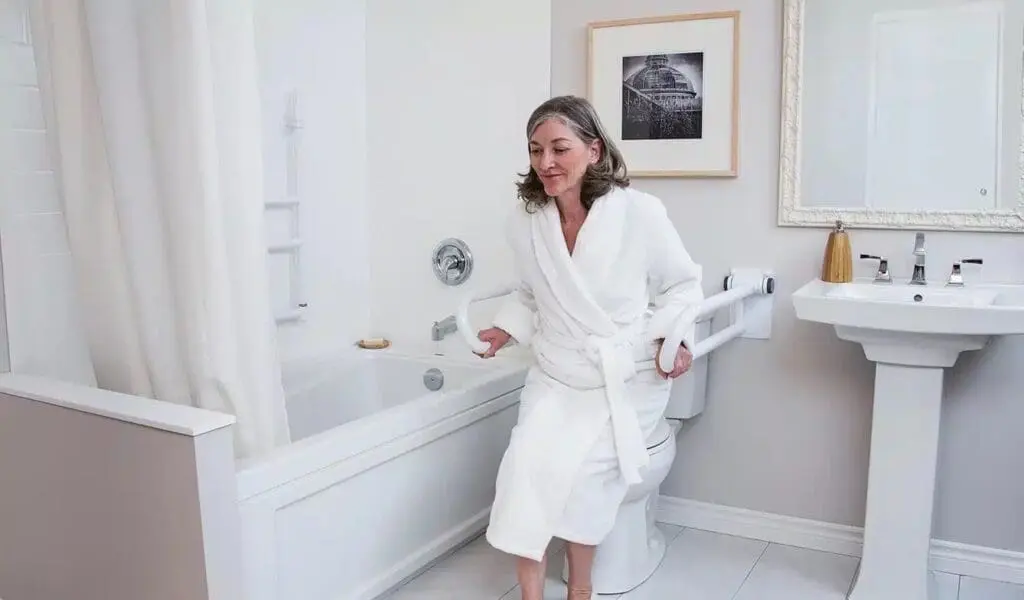
List of Home Modifications for the Elderly
There are many tips for aging in place that we offer here at Atlas Home Safety. Reasons include familiarity, comfort, independence, emotional well-being, and more. Regardless of your reason for staying in your home, it is imperative to modify your home to accommodate safety and functionality as you age. Modifications include:
- Accessory Apartments – both for the elderly and live-in caregivers
- Climate Controls – installing larger digital displays and / or remote controls
- Computer Equipment – large screen monitors and oversized keyboards
- Easy Use Fixtures – oversized light switches and levers replacing or installed over faucet knobs
- Grab Bars and Rails – bathroom and throughout the home to assist persons in preventing falls and improving mobility
- Lighting – modifications within the home and around the property for increased visibility and security
- Pull Out Shelves – also referred to as roll-out, glide-out or slide-out shelves, these enable easy access to deeper spaces for clothing, food and other storage
- Push Button Door Openers – to automate the opening and closing of doors
- Emergency Home Systems – remote monitoring and personal emergency response systems (PER)
- Smoothing Floor Surfaces – removal of molding, carpeting and anything on the floor which limits the mobility of a wheelchair
- Software Tools – that enable increased independence
- Home Mobility and Accessibility Products
- Stair Lifts – also called Stair Glides or Lift Chairs. Learn more about paying for stair lifts here.
- A variety of platform lifts– Vertical, Inclined, Floor, Ceiling
- Traction or Non-Skid Strips – installed most commonly in bathrooms but also anywhere the floor is hazardous or slippery including kitchens and staircases.
- Non-Slip Flooring
- Transfer Benches – also called showering benches or transfer chairs, these enable individuals to get in and out of showers, tubs and wheelchairs with little or no assistance.
- Walk in Tubs – seated bathtubs, sometimes wheelchair accessible. Learn more about paying for walk in tubs.
- Kitchen renovations- accessibility improvements
There are many different types of modifications that can be made to accommodate for aging challenges. While not comprehensive, the following list is included to give readers an idea of common changes.
